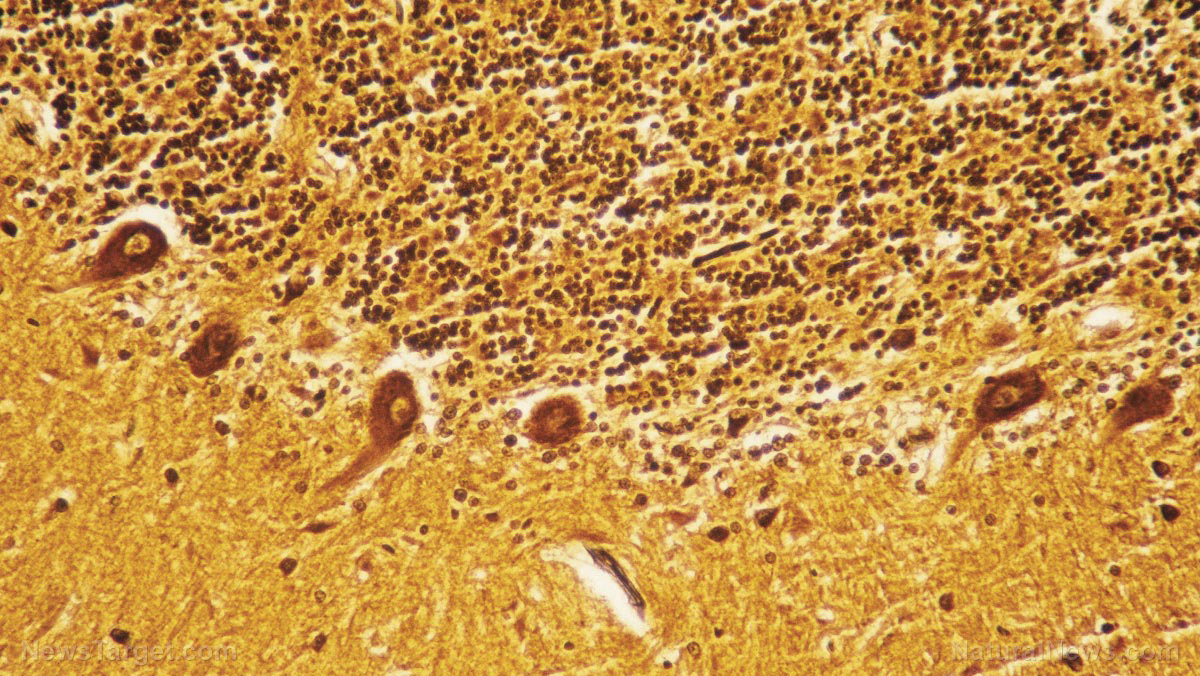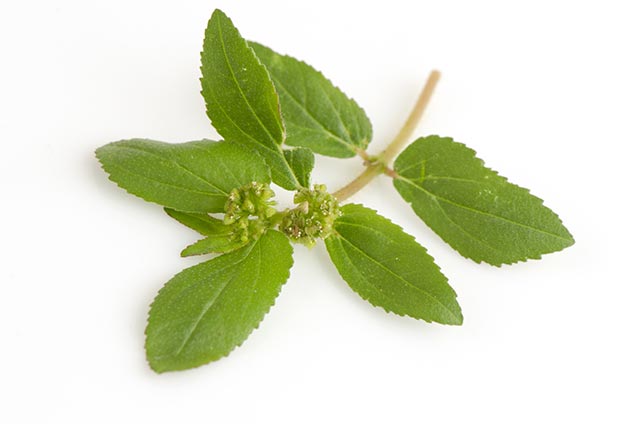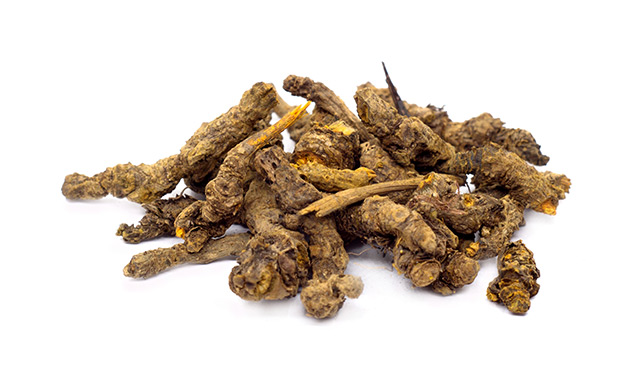Traditional Chinese Medicine (TCM) helps patients with multiple sclerosis maintain their cognitive function
09/10/2018 / By Edsel Cook

Rehmannia (Radix rehmanniae) is a staple of traditional Chinese medicine. This medicinal herb contains many beneficial compounds such as catalpol, which can protect against brain diseases. A recent study showed that the catalpol extract from Rehmannia could preserve the cognitive capabilities of people afflicted with multiple sclerosis.
Multiple sclerosis inflames cerebral tissue, breaks down the myelin sheaths of brain cells and affects glial cells in the brain. It also releases T-cells and macrophages that destroy neurons in the white matter of the central nervous system.
In the wake of demyelination caused by multiple sclerosis, oligodendrocyte precursor cells (OPCs) appear in the lesion areas. They become oligodendrocytes (OLs) – a process that is signaled by the production of nerve-glial antigen (NG) 2 and myelin basic protein (MBP) – and restore the myelin sheaths.
The ensuing remyelination is able to repair some of the damage done by multiple sclerosis. Researchers from the Capital Medical University (CMU) believe that promoting this process can be used as a means of undoing the damage to the brain cells.
The corticosteroid hormone and interferon beta are used as treatments for the acute and remission stages of multiple sclerosis. However, these therapies have negative side effects and are unable to completely stop disability or other symptoms of the disease.
This is where catalpol comes in. Traditional Chinese medicine (TCM) prescribes several Rehmannia-based formulas to treat multiple sclerosis with few side effects.
An earlier study by the same researchers showed that catalpol was the active ingredient in those formulas that encouraged OPCs to begin the remyelination process. Other animal studies have demonstrated that it can protect the brain. (Related: Vitamin D for multiple sclerosis: Study shows living in sunnier climate reduces risk.)
Catalpol extract from Rehmannia encourages regrowth of myelin in the brain
The CMU researchers created a mice model and induced experimental autoimmune encephalomyelitis (EAE) in most of the animals. EAE has similar symptoms as multiple sclerosis in humans.
The mice were divided into six groups. The control group was comprised of healthy animals, while EAE mice made up the other groups.
Three groups of EAE mice received different doses of catalpol – designated H, M, and L – while a fourth group received prednisone acetate, a corticosteroid hormone that serves as a treatment for multiple sclerosis. The fifth group served as the negative control.
At the end of the treatment period, the mice were sacrificed so that the researchers could analyze their blood and brain tissue using a variety of tests such as flow cytometric, immunohistochemical staining, and immunofluorescence.
Based on the results of the CMU analysis, catalpol improved neurological functions in EAE mice by preventing inflammatory cells from entering the brain tissue and halting the destruction of the myelin sheath. Catalpol also decreased the amount of T helper 17 (Th17) cells in the blood, which can trigger inflammatory responses in the brain.
Furthermore, catalpol boosted the production of myelin basic protein, the building blocks of the myelin sheaths that surround healthy brain cells. It also encouraged the expression of the nerve-glial antigen that serves to bind proteins together into useful structures.
In addition, it improved oligodendrocyte transcription factors 1 and 2, which are enzymes that encourage the growth of myelin. Finally, the extract did not cause serious side effects on the animals.
The CMU researchers concluded that catalpol could regenerate the oligodendrocytes of mice. The herbal extract could also protect these brain cells from further damage by preventing inflammation caused by autoimmune disorders. Its ability to control inflammatory Th17 suggests that it can be used as a safe and effective medication for multiple sclerosis.
Learn about more ways to protect your brain from cerebral diseases at Brain.news.
Sources include:
Tagged Under: alternative medicine, autoimmune diseases, brain diseases, brain health, catalpol, central nervous system demyelination, herbal medicines, multiple sclerosis, myelin, myelin damage, myelination, natural cures, natural medicine, natural remedies, prevention



















